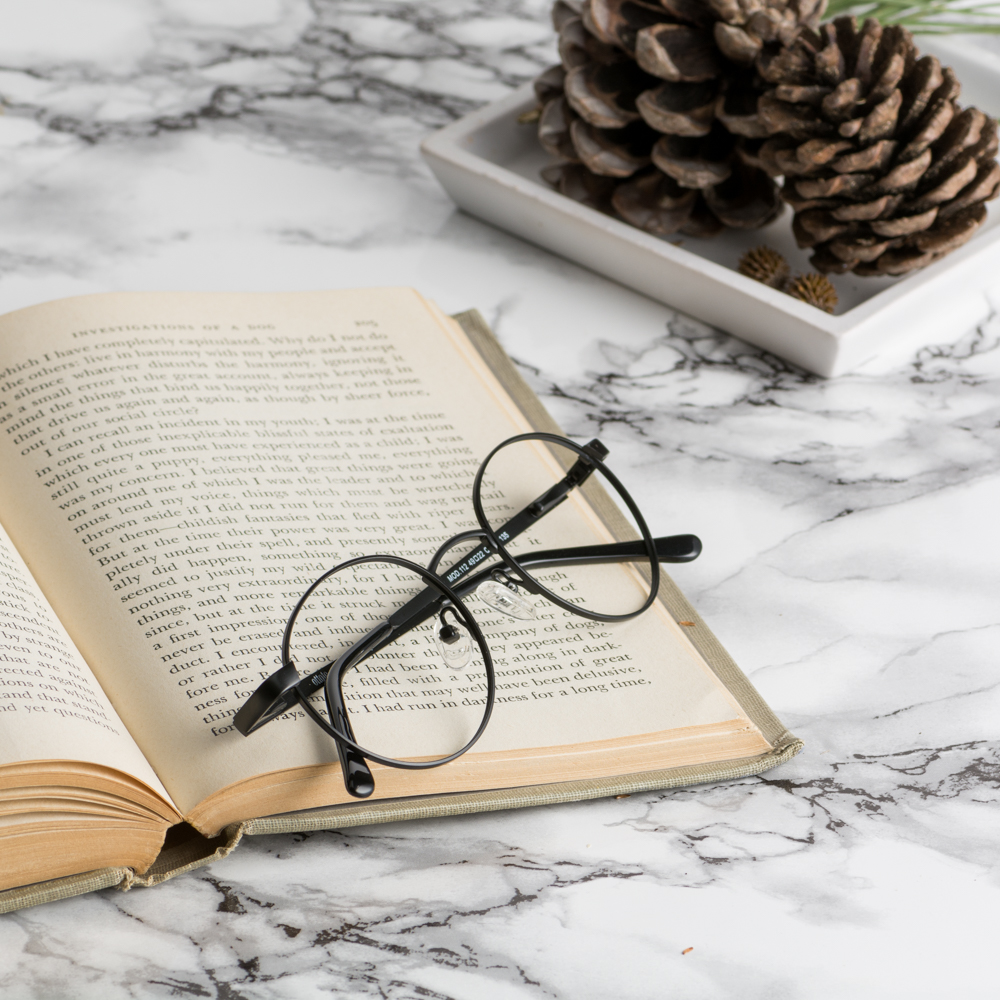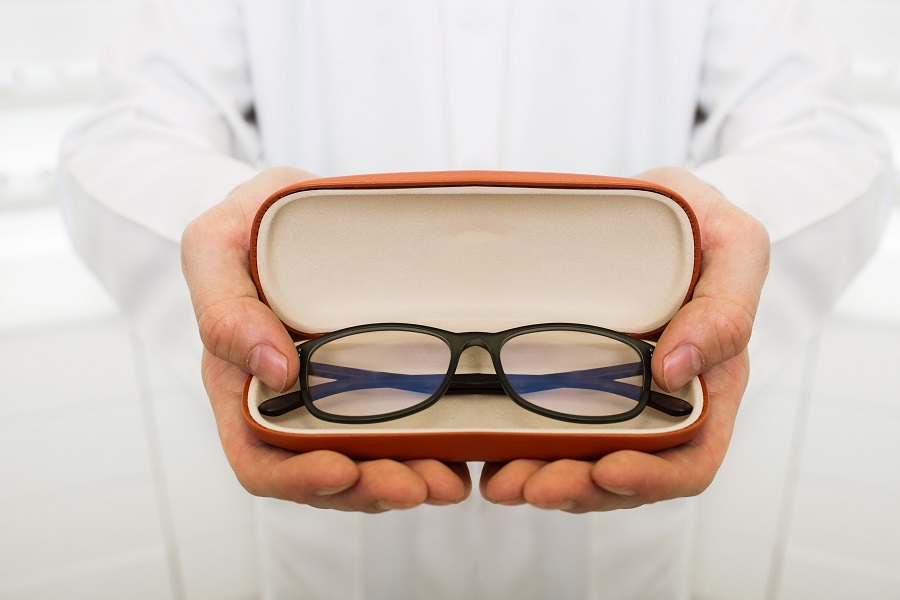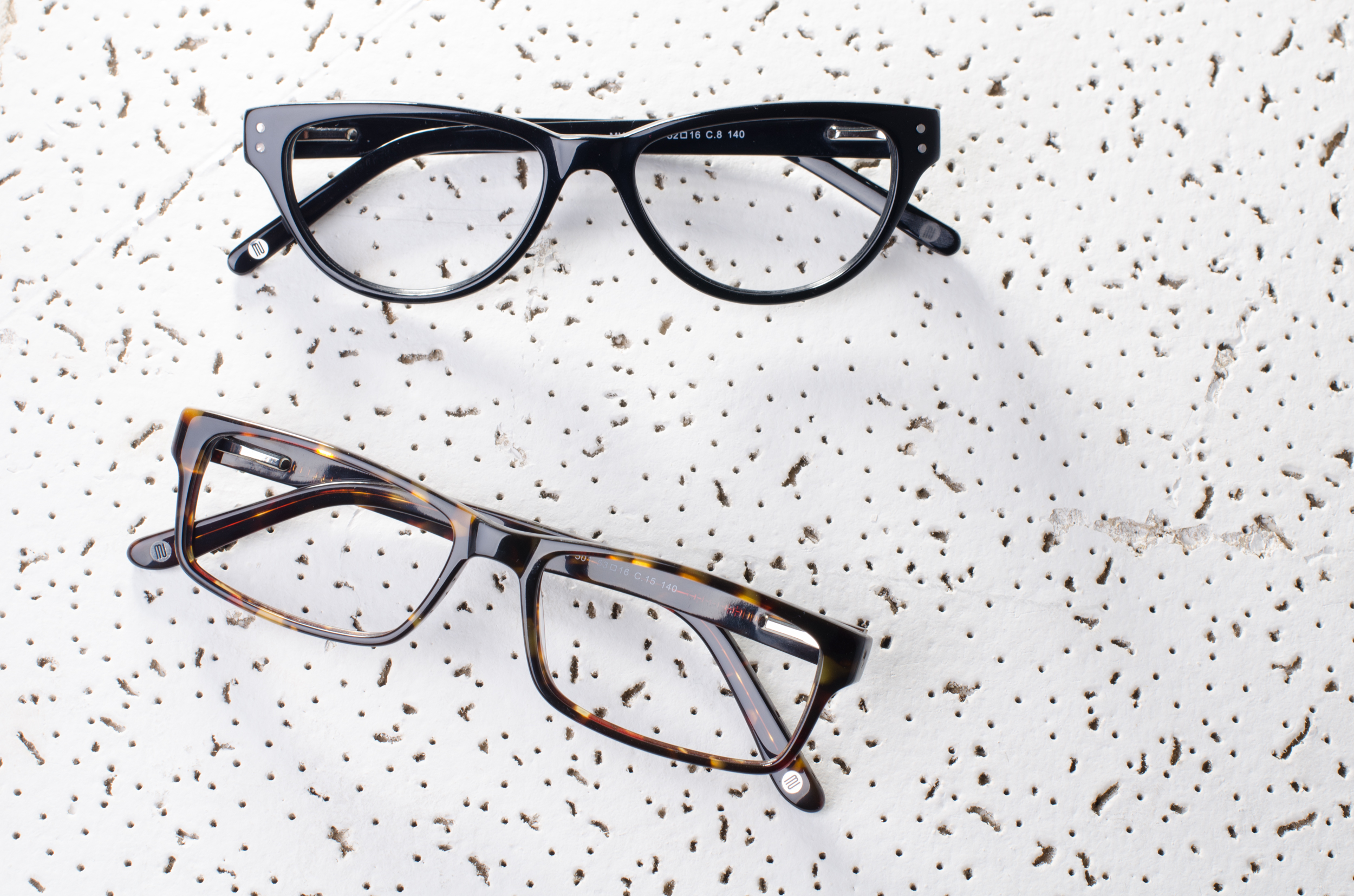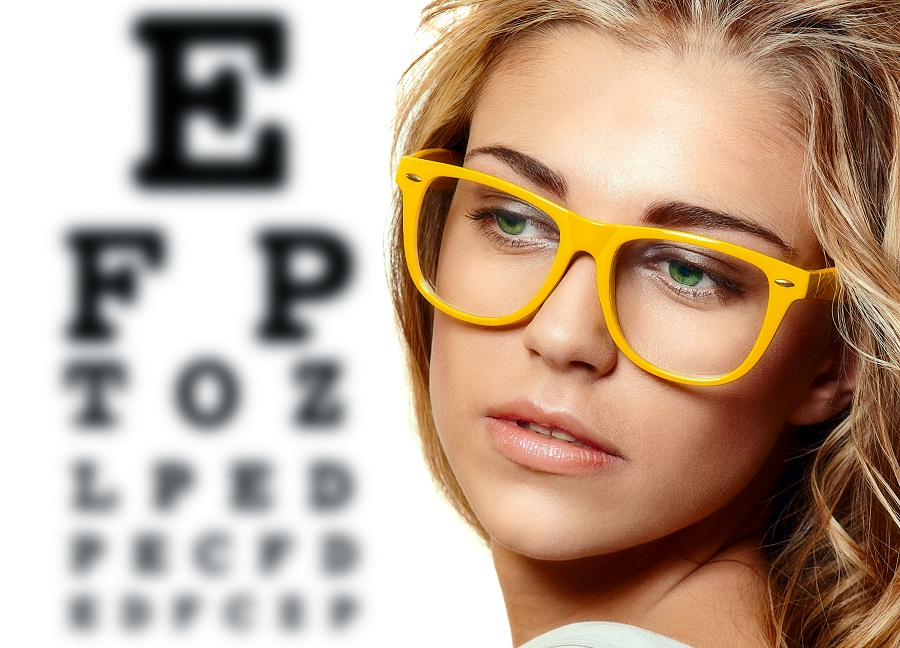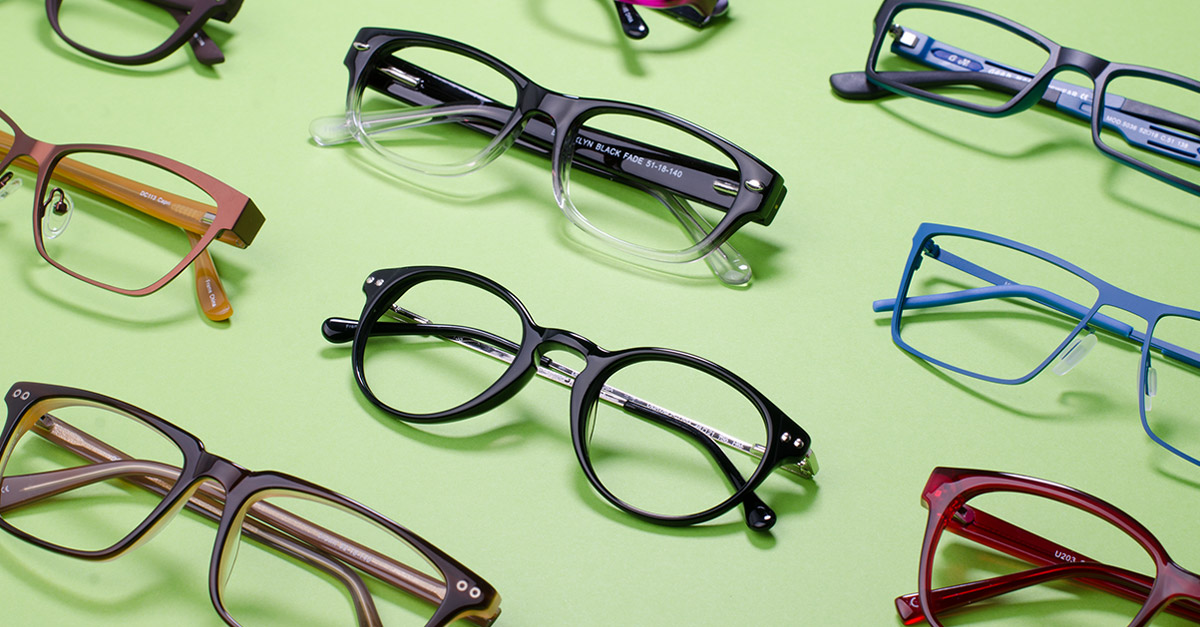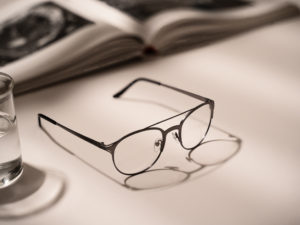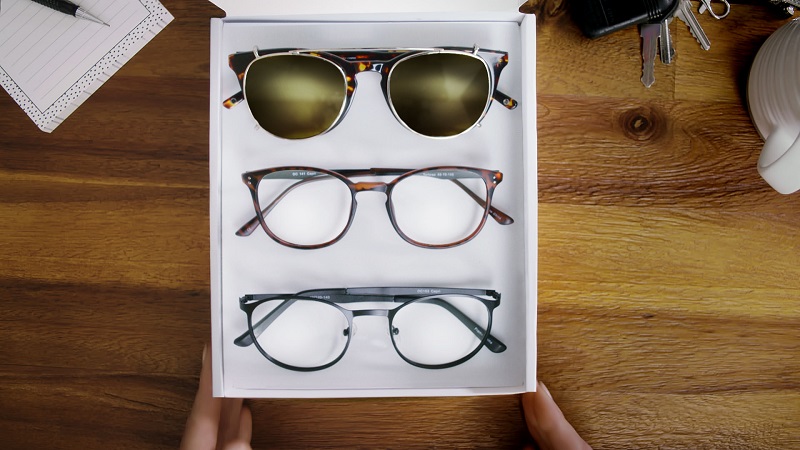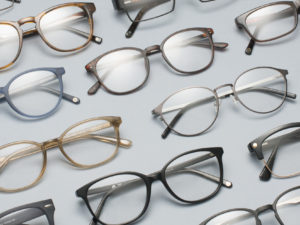Once your vision starts to decline, the most common solution is going to the eye doctor and getting a prescription for multifocals or single-vision glasses. What are multifocals, what are the advantages of wearing them over single-vision frames and where multifocal contacts come in? We explain everything in this article.
What are Multifocals?
Multifocal glasses are eyeglasses or sunglasses with multiple lens powers, providing vision correction to more than one field of vision. Bifocals have two optical powers (near and distance) and have a visible line on the lens separating the two. Multifocals with progressive lenses have more than two optical powers and have refractive powers for all ranges (near, intermediate and distance) with different focal points on the lens for each range as well as no visible lines.
The most common refractive error across all ages is nearsightedness (myopia), which is often corrected at early ages with single-vision lenses. From the age of 35, everyone is affected by presbyopia to some degree. Progressive lenses are often used to counter its effects (declining ability to see close objects clearly).
Wearing prescription glasses VS No glasses at all
Studies show that about 75% of Americans wear some sort of vision correction, but a lot of people who need it don’t use it at all, or far less than they should. How much? Around 41% don’t use vision correction as much as they should.
Why would a person who needs prescription glasses not use them? Some people don’t notice their vision declining and don’t go to get an eye exam. Other times people do notice their eyesight beginning to misfire but don’t bother getting checked out. It could be out of negligence, a financial reason or even out of pride, not wanting to admit that they don’t see as well as they used to, despite wearing glasses being so common.
For those who need them, the difference between going with and without prescription glasses is quite dramatic. Not wearing glasses won’t make your eyesight even worse. However, it will cause you to strain your eyes harder in order to see clearly (whether viewing something far away or up close), often leading to headaches.
And with prescription glasses? As you might have guessed, whether you’re nearsighted, farsighted or any other refractive error combination, you’ll start seeing clearly and won’t strain your eyes.

Multifocal lenses VS Single-vision lenses
Progressive lenses have multiple optical powers for all viewing distances. It’s more common to start wearing multifocals (Whether bifocals or progressive glasses) at an older age because of the effects of presbyopia, but some evidence shows that starting with multifocals early (even kids) can help slow down myopia.
Single-vision lenses are for either near or distance. If you need to correct a refractive error of more than one range, you might need to walk around carrying two different pairs of prescription glasses, or make do with one and strain your eyes when trying to see something at a range your glasses don’t provide correction for. Furthermore, unless you get special computer glasses, sitting in front of a computer with your single-vision frames means more eye strain and discomfort.
Multifocals make carrying two different pairs of prescription glasses redundant.They do need a short time getting used to, but after adjusting to them they make life a bit easier.
Glasses w/Multifocal lenses VS Multifocal contact lenses
Multifocal contact lenses contain multiple lens powers to help see objects clearly at all distances, just like multifocal eyeglasses. There are bifocal contact lenses, with a visible line separating between the top (for distance) and the lower (for near objects) part of the lens, and progressive contact lenses that work like progressive glasses, featuring a number of focal points and are designed for viewing through the center of the lens without any visible lines.
As with any type of contacts, multifocal contact lenses are higher maintenance than standard multifocals and don’t offer the same level of visual clarity. However, a multifocal contact lens provides slightly better peripheral vision than multifocal eyeglasses. Also, some find them more comfortable for an active lifestyle, not having to worry about their glasses falling off their face.

